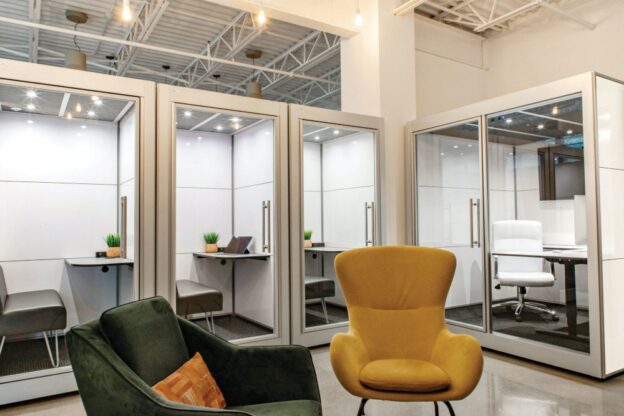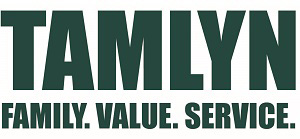With office rents rising, less space needed, and little demand for any extra space they may want to dump, employers need to make the most of their office space. That space, however, may be used differently from week to week or even day to day. In the era of the Great Resignation and talent shortages, workers’ demand for flexibility in where and when they work changes how employers’ offices are used. And with sensitivity to diversity growing, accommodating a variety of work styles adds another dimension to the need for office space to be flexible. Activity-based workspaces afford the needed flexibility with a kit of movable parts.
i+s’ Continuing Education Series articles allow design practitioners to earn continuing education unit credits through an article.
Use the following learning objectives to focus your study while reading this article. To receive one hour of continuing education credit, click the ‘Start Course’ button, read the article and then take the associated exam.
Learning Objectives
After reading this article, you should be able to:
- Explain three market drivers of office design change.
- Name four of the benefits of flexible office design.
- Describe how flexible offices help accommodate Big Five trait working styles.
- Explain how pods can contribute to making an office flexible.
- Apply design strategies to create an activity-based flexible office.
*This CEU opportunity is sponsored by SnapCab.









